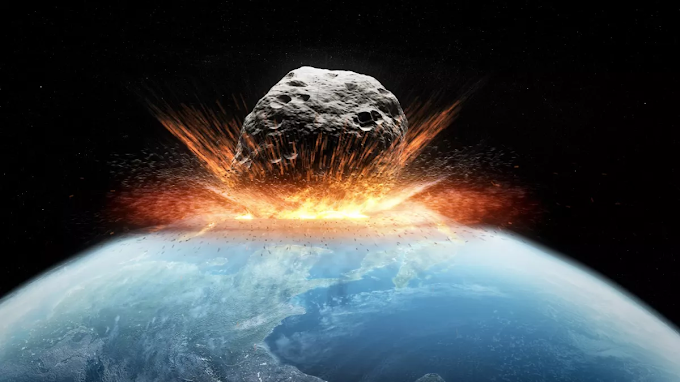This week, CD Projekt Red went public to say they were “satisfied” with the current performance of Cyberpunk 2077. The infamous RPG dropped to public outrage last year due to frequent crashes, graphical glitches, and frame rates lower than a PowerPoint presentation.
However, there was still a good game there at its core. It featured a fascinating world, some stellar voice acting, and rock-solid gunplay. Sadly, the game was the most high-profile case of crunch culture and overhyping.
Has Cyberpunk 2077 Finally Improved?
In order to see if this game had finally redeemed itself, I played three hours of the game to see if these improvements have been made and how pronounced they are. For context, I played through it on a PS5. While the bulk of the most infamous issues were on last-gen hardware, I still experienced numerous bugs and glitches on my initial run with the game.
To help make this a digestible article, I will break it down into three sections. These will be crashes and frame drops, graphical glitches, and world issues. These will also only take into account the technical performance of the game rather than the more subjective elements of game design.
Crashes and Frame Rate Drops
I am happy to report that in my time with the game, I did not experience a single crash or significant frame drop. The game was perfectly stable and ran at a buttery-smooth frame rate. Even when the action got intense, like during a massive shootout in Clouds after I bungled a stealth attempt, there were no frame drops at all.
However, the loading times were still painfully slow. These screens are quite rare, so it is not a major issue, but it is still a major annoyance when they do crop up. Starting the game took 90 seconds on average for me, with in-game loading screens taking about 30 seconds. This is worsened even more when you boot up Assassins Creed Valhalla, another massive open-world game from 2020, and experience super short load times on PS5.
The main attraction to the shiny new consoles was the near elimination of loading screens so to see one of its flagship titles fail to take advantage of it is saddening. However, once you get past that slow red bar the game does run perfectly.
Graphical Issues
This is where I somewhat started to question CD Projekt Red’s standard of acceptability. While it was a far cry from how bad it was at launch, there were still some glaring issues. The most obvious issue in my run was an issue with the clouds during the Johnny Silverhand flashback at the end of Act 1. When you land on the roof of Arasaka Tower and look out over the skyline, many of the clouds were replaced by black boxes that faded in and out rapidly. This would be passable if it were a one-time occurrence, but sadly it was not.
I encountered similar issues at other points in the game. Textures would sometimes appear to be blurry or just failing to load and being replaced with a black box. There were also issues with some of Night City’s roads. During the day, they had an almost plasticky sheen to them with the light reflecting off them in such an unnatural way. This sadly hides a very detailed and graphically impressive road surface.
Aside from these issues, the game is sound graphically. Textures look great and the level of detail in every aspect of the world is impressive. You can even read newspapers and magazines that have been dropped on the ground. Most impressive is the vast array of weapons at your disposal. Every weapon in the game, right down to your starting pistol, is modelled meticulously and pop just as much as the designs of the characters you’re shooting at.
The World
For me, this was the area with the most issues. While it has been improved, it is nowhere near what was initially promised. The trailers showed bustling alleys and crowded highways with each NPC having a routine. However, the streets are still sparsely populated, and the characters just seem to walk in circles or just stand still for hours. There are also still repeating character models and the occasional low-poly character model.
Finally, there seems to be a new issue with the AI of NPCs in the game. This is not something I noticed much before the most recent patch, but NPC drivers seem to crash their cars far more frequently. This even impacted me during missions, particularly during the drive with Judy on our way to rescue Evelyn. She crashed into barriers and blockades on more than one occasion to my utter bemusement. While this may be deliberate on behalf of the developers, it should not be impacting missions in any way.
This is the most disappointing aspect of the game in my opinion. While the world is still fascinating in premise and I find the game very enjoyable to play, actually being in that world can just feel flat when you’re not on a job. There are no more, if not fewer, NPCs on the street than 2013’s Grand Theft Auto 5 and they are less interactive than 2011’s Skyrim.
On the bright side, the environments are wildly impressive. While it is a small map and is largely contained to one city, the variety of areas you come across is superb. You have your squeaky-clean corporate areas, run-down slums dominated by gangs, seedy red-light districts, and Asian-influenced districts. On a purely visual level, it feels like a real city. However, it falters when other characters are thrown into the mix.
Conclusion
On a purely technical level Cyberpunk 2077 is now passable but still far from perfect. However, it is a completely different game than what launched in December. The game is now much more stable, the graphics can finally pop and you can finally start to experience the impressive environments more regularly.
The question is this, however: Should we consider this a turnaround, or is it just delivering something closer to what we were promised seven months too late?
This is purely down to your own interpretation, but I would consider it a turnaround. I saw the original disaster of a launch as being down to corporate executives rushing a game out the door before it was ready. Crunch culture finally came back to bite the higher-ups and annoy players to such an extent that it hopefully changes the industry forever. The developers should be commended for sticking with the game and not jumping ship and letting it flounder.
When viewed in this light, the technical performance of Cyberpunk 2077 is not just satisfactory, it is admirable.









